Types of bicycles: Discover their diversity and uses

Are you considering buying a new bike but don’t know how to navigate the current selection? Or perhaps you’d like to replace your universal bike with a specialized one? The world of bicycles truly offers a lot. We’ll introduce you to several types of bikes, their features and uses, and help you choose the right one.
What Types of Bicycles Exist
Different types of bicycles are designed for various purposes, riding styles, and terrains. The main categories include:
Mountain Bikes
Most of us are familiar with this type, as they are among the most popular and ideal for leisure time. Mountain bikes, also known as MTBs, are particularly suited for recreational riding in nature. They are designed for movement in challenging terrain, such as unpaved roads, mountain trails, and forest paths.
They feature a sturdy design with a durable frame that withstands strong impacts and uneven surfaces. They may be partially suspended (hardtail) or fully suspended (full MTB) and have wide tires with deep treads for better grip on mud, soil, or gravel. Wide handlebars provide better control and stability, while low gears make climbing steep hills and navigating technical sections easier.
Mountain bikes are further divided into:
-
Cross-country (XC): Ideal for long rides on moderate terrain, enabling easy and efficient climbing.
-
Trail: Versatile mountain bikes suitable for various terrains, including technical trails.
-
Enduro: Designed for descents and tougher terrain, but still capable of climbing.
-
Downhill: Exclusively for downhill riding, with a robust design and extensive suspension.
-
Fatbike: Bikes with extra-wide tires designed for snow, sand, or mud.
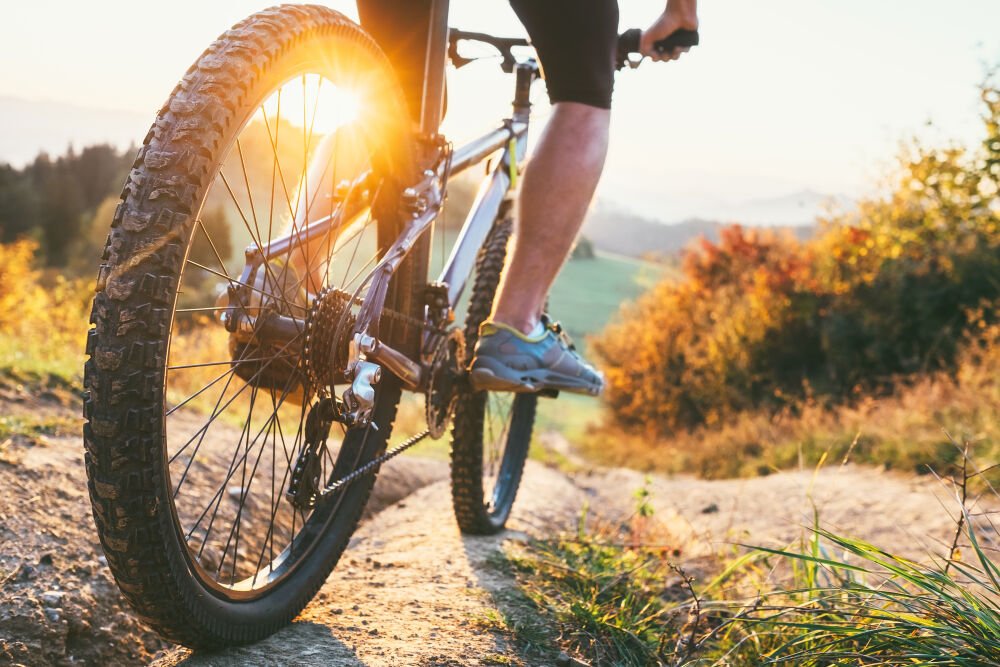
Road Bikes
If you prefer riding on asphalt over forest trails and unpaved paths, road bikes may be a better choice. They are designed for fast and efficient riding on paved surfaces, such as asphalt bike paths or regular roadways. As a result, they don't require suspension like mountain bikes. They have a very lightweight design and a thin, aerodynamic frame, typically made of aluminum, carbon, or titanium.
Road bikes are characterized by narrow tires that minimize resistance and allow for high speeds on asphalt. They are often nicknamed "razors" for this reason. Narrow, curved handlebars (commonly called "drop bars") improve aerodynamics and offer varied hand positions. High gears are optimized for fast riding, sprinting, or descending hills. The overall design is performance-focused and ideal for long distances.
Road bikes are further divided into:
-
Sport Road Bikes: Designed for fast, sporty riding on asphalt roads.
-
Gravel Bikes: Combine the features of road and mountain bikes, ideal for mixed surfaces.
-
Triathlon/Time Trial Bikes: Optimized for aerodynamics and maximum speed.
-
Endurance: Comfortable road bikes designed for long distances or bike tours.
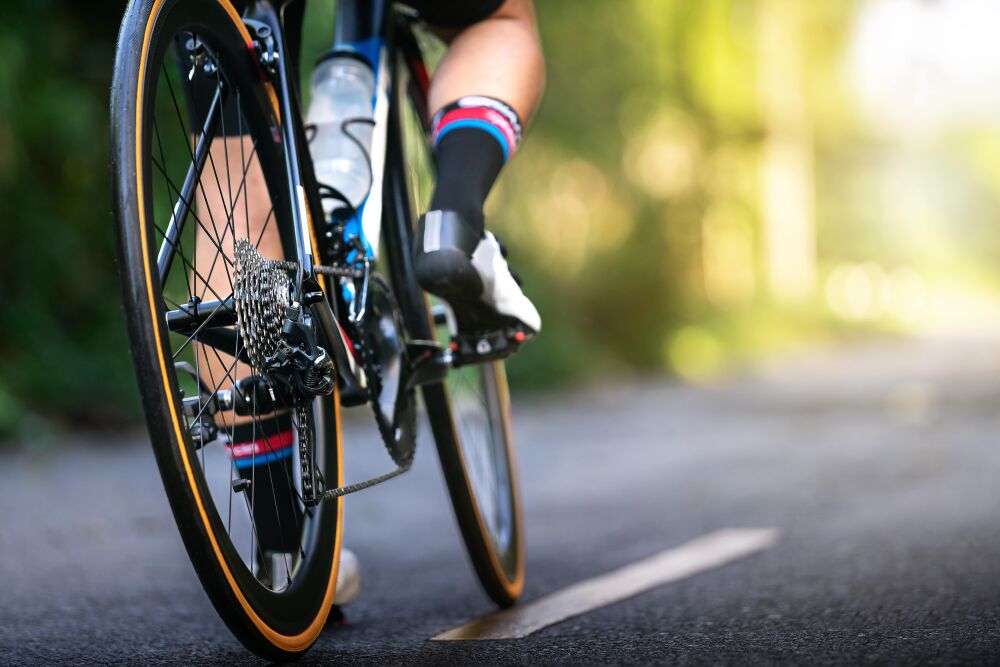
City Bikes
If you plan to use a bicycle mainly for commuting within the city, a city bike is the ideal choice. It is designed for comfortable, practical, and safe riding in urban environments or on city bike paths. It has a comfortable geometry that allows for an upright position in the saddle, providing better visibility in traffic.
City bikes usually feature a simple, elegant design and durable construction without suspension. They are often equipped with practical accessories such as fenders, racks, baskets, kickstands, lights, and bells. They can be single-speed or have simple gears for easier uphill riding. A wide, comfortable saddle enhances riding comfort. It's an ideal means of transportation for commuting to work or shopping.
City bikes are further divided into:
-
Classic City Bikes: Comfortable and timeless, with straight handlebars and simple gears.
-
Folding Bikes: Compact and portable, suitable for travel and easy to carry.
-
Cargo Bikes: Designed for transporting larger loads, often used by bike couriers.
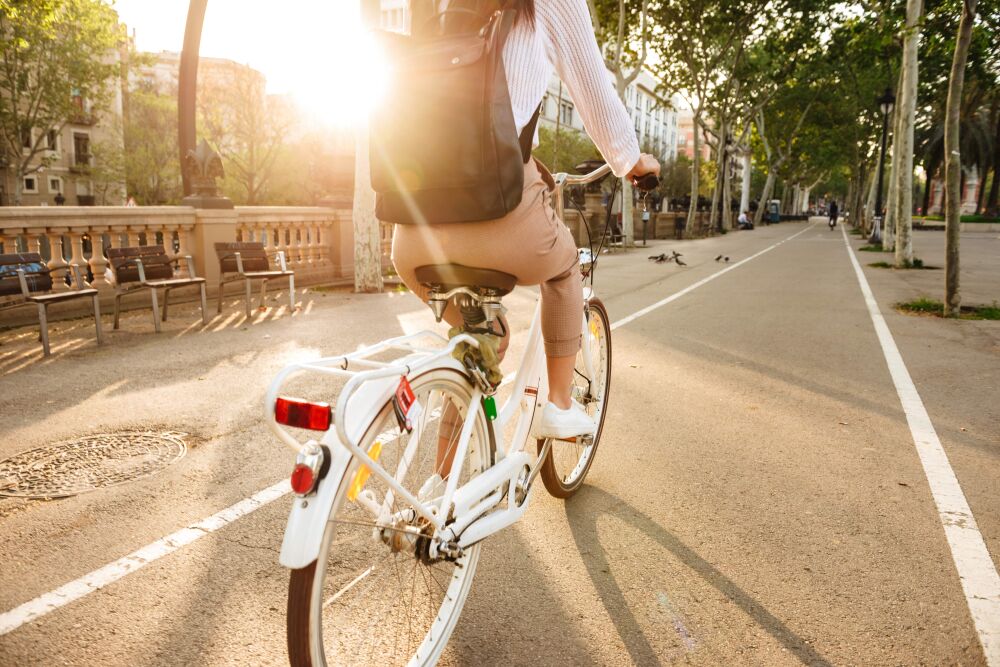
Trekking Bikes
For those looking for a versatile bike suitable for almost any terrain, a trekking bike may be the ideal choice. It is often used for cycle touring as it performs well on both asphalt roads and moderate off-road terrain. It features a robust and comfortable design for long distances.
Trekking bikes have medium-wide tires with a subtle tread, resembling those of mountain bikes but less robust. They include a suspension fork to absorb shocks in light terrain and multiple gears to make it easier to navigate uneven ground and gentle hills. They are usually equipped with practical accessories like fenders, racks, lights, and a kickstand. They are an excellent choice for recreational trips.
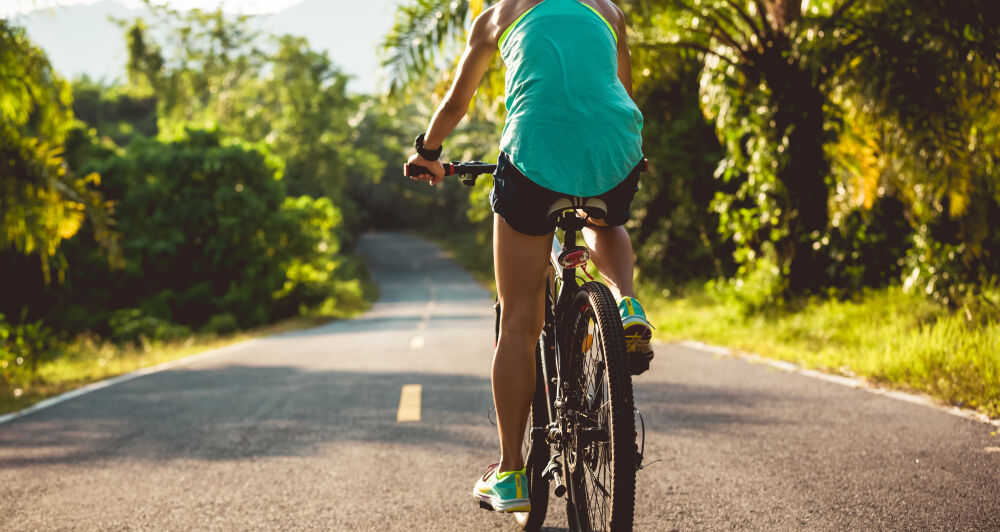
E-Bikes
In recent years, electric bikes have become increasingly popular, especially for people with lower physical fitness or for tackling more challenging terrain. Thanks to an integrated electric motor, they make pedaling easier on long routes or uphill climbs. A rechargeable battery provides varying ranges, typically from 40 to 150 km.
E-bikes offer various levels of assistance, from minimal to full. The rider can adjust this according to their needs and physical capabilities. Electric bikes come in various versions suitable for every terrain, making them ideal for commuting to work or challenging bike tours. They are also a popular choice among women and older individuals.
E-bikes are further divided into:
-
Mountain E-Bikes: Ideal for cycle touring in challenging terrain.
-
Road E-Bikes: Suitable for long routes and climbing on paved roads.
-
City E-Bikes: Perfect for everyday commuting.
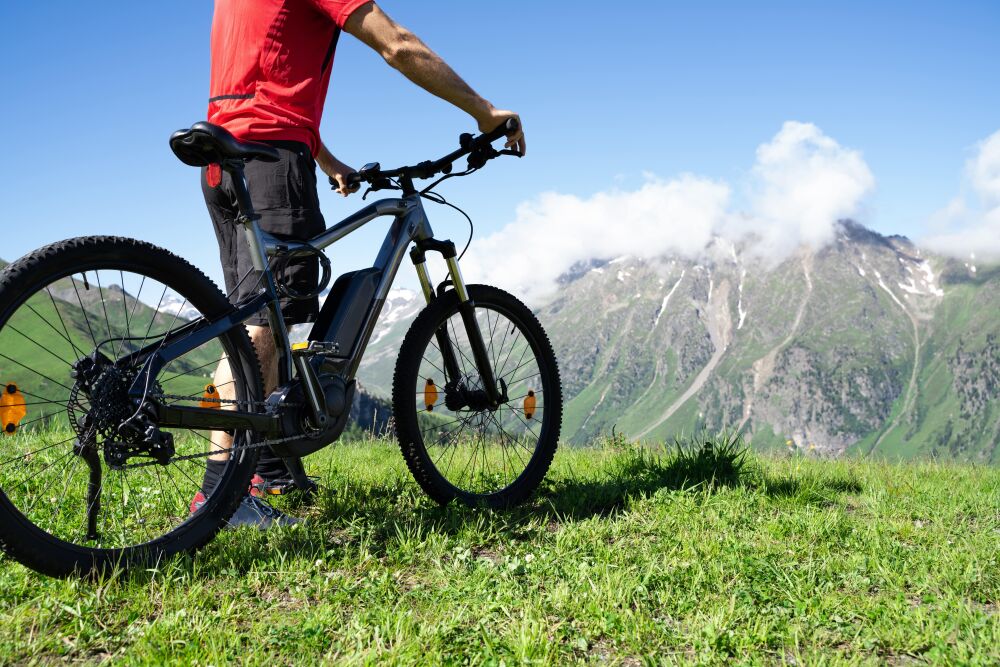
Children's Bikes
In addition to bikes for adults, children's bicycles are a separate category. These are available in various versions for different terrains, conditions, and ages.
Children's bikes include:
-
Balance bikes: These are suitable for the youngest children from around 2 years old. They have no pedals or chains but allow movement by pushing off with their feet. They teach children the basics of balancing on two wheels. The BikeUP range includes the Foxie 12 balance bike.
-
Tricycles: Although not technically bikes, they function similarly. They have three wheels for added stability and are easy for small children to control. Pedals are usually on the front wheel.
-
Bikes with balance wheels: Small bikes with additional wheels for balance and safety. These can later be removed. Balance wheels can also be added to the bikes from BikeUP.
-
Sport and Mountain Kids' Bikes: Suitable for older children from around 5 years, these are essentially smaller versions of mountain bikes for off-road use. They often have multiple gears and a suspension fork.
-
BMX Kids' Bikes: Small, robust bikes for freestyle riding in bike parks, jumps, and tricks. Ideal for older kids and teens who enjoy action-packed rides.
-
City Kids' Bikes: Bikes with simple designs with minimal gears, ideal for urban environments and asphalt paths.
-
Electric Kids' Bikes: E-bike versions for children, assisting them on longer rides or uphill terrain.
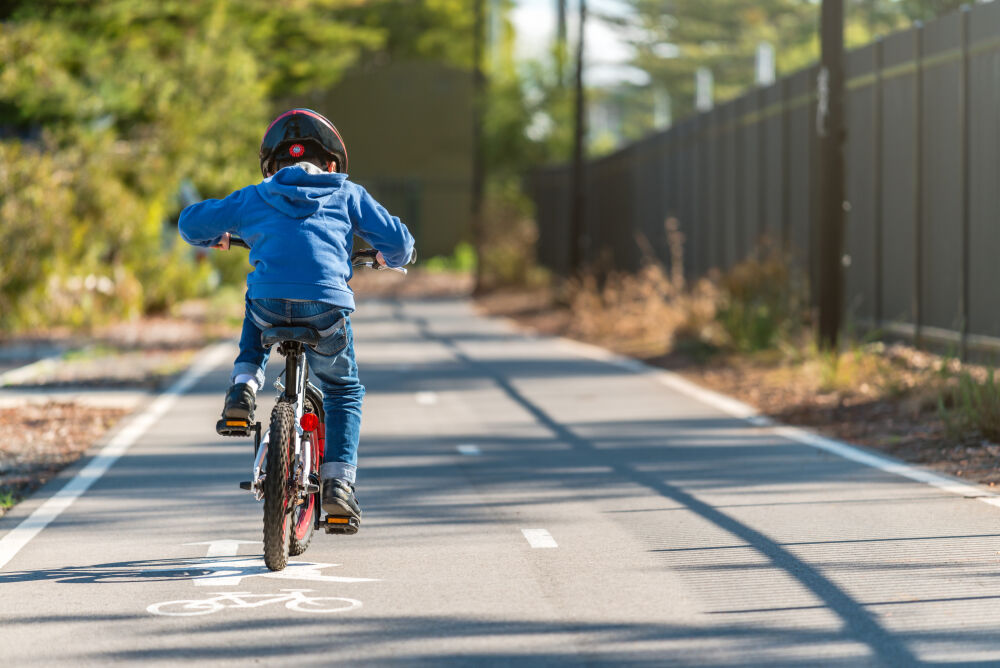
When selecting a children's bike, consider the purpose and terrain where the bike will be used, as well as the child's age and abilities. When choosing the right size, focus primarily on the child's height.
At BikeUP, you’ll find options like the Foxie 12 balance bike for young riders aged 2 to 4 and versatile children's bikes Foxie, suitable for ages 3 to 9. With a unique subscription plan, the bike can grow with the child, allowing upgrades to larger sizes as needed.
No matter which bike you choose, remember that the most important thing is to enjoy every ride!





